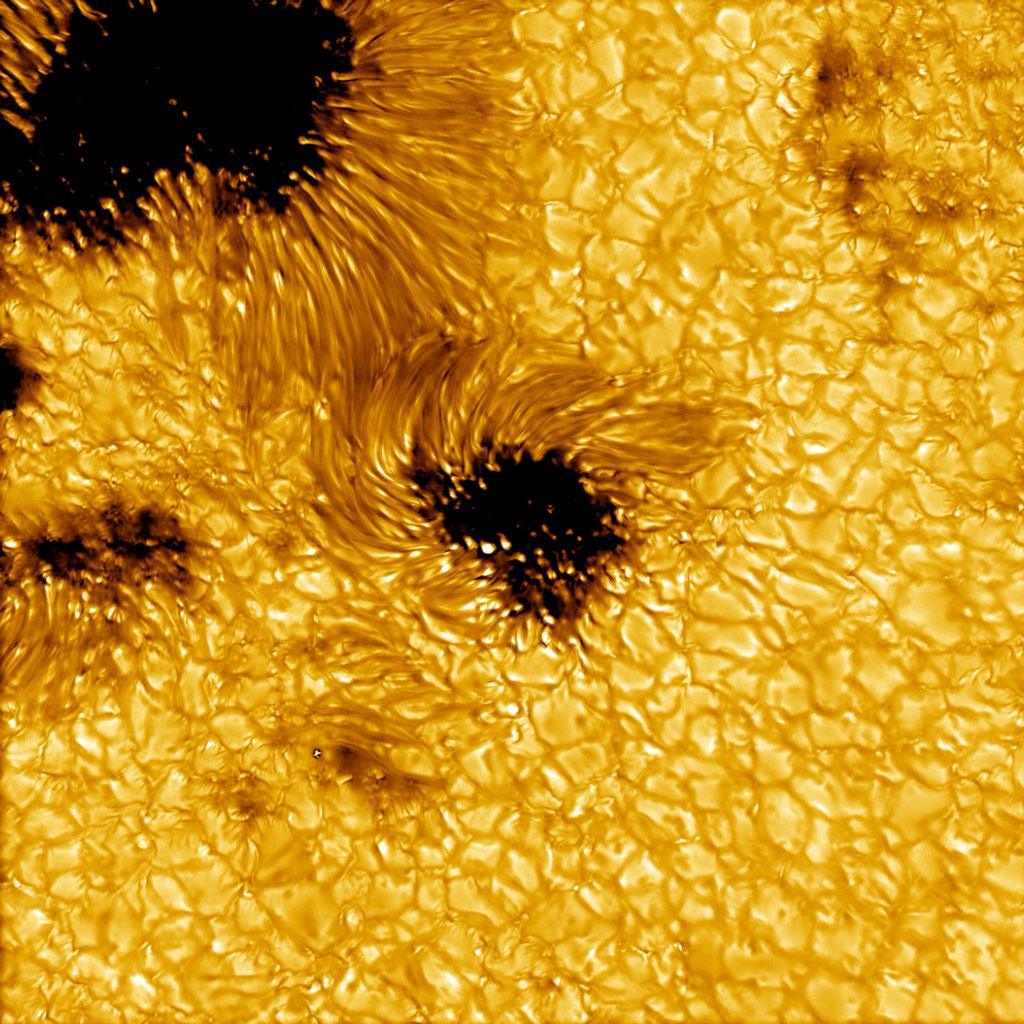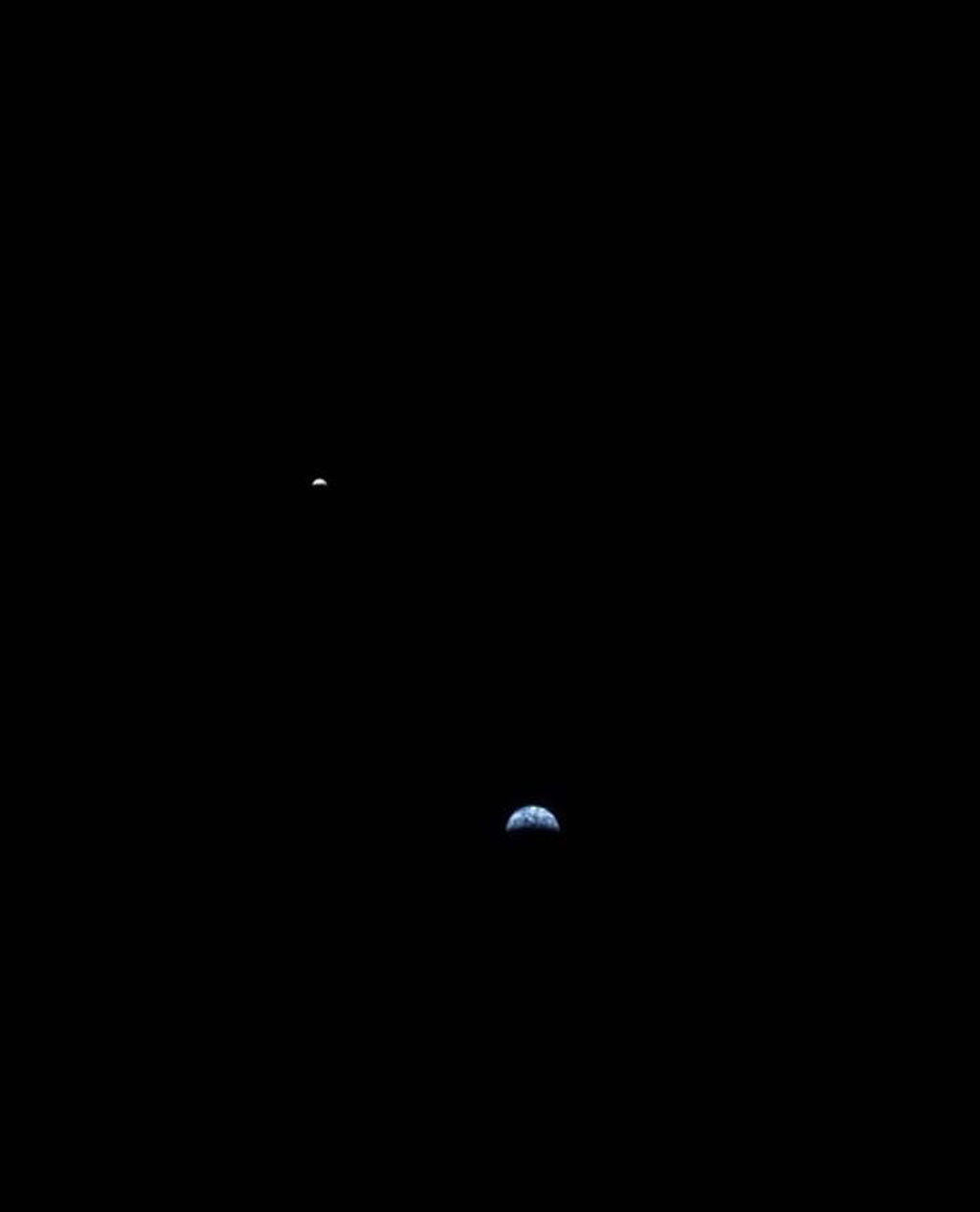
Planetary Picture of the Day
Week of February 28, 2022
Earth, moon, Mars, the Sun, a Ganymede mosaic, and solar physics.
Monday, February 28, 2022
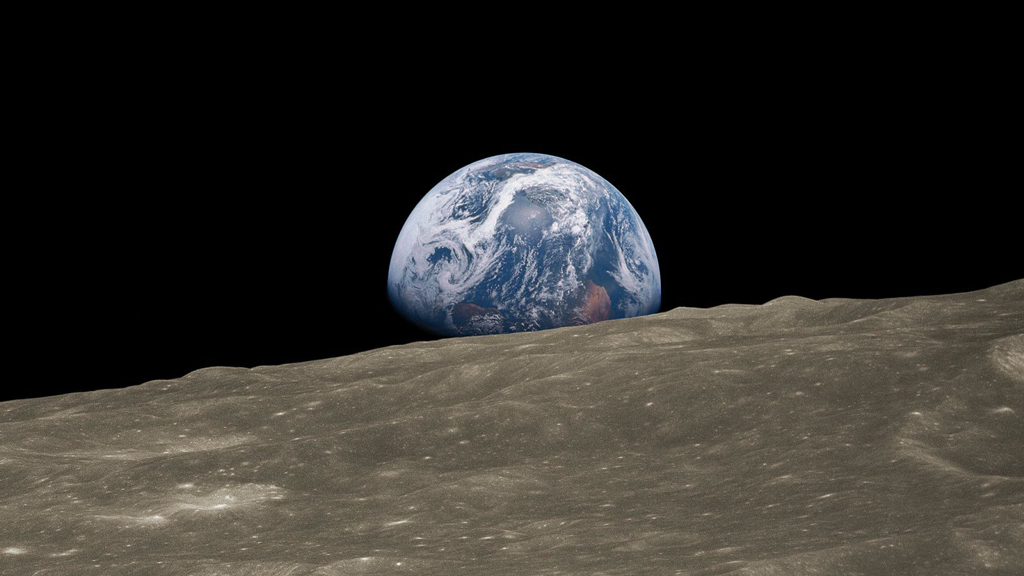
Credit: Bill Anders/Jim Weigang/Apollo 8 Crew/NASA
The Earth from the Moon
“Think of the rivers of blood spilled by all those generals and emperors so that, in glory and triumph, they could become the momentary masters of a fraction of a dot.” - Carl Sagan
Tuesday, March 1, 2022
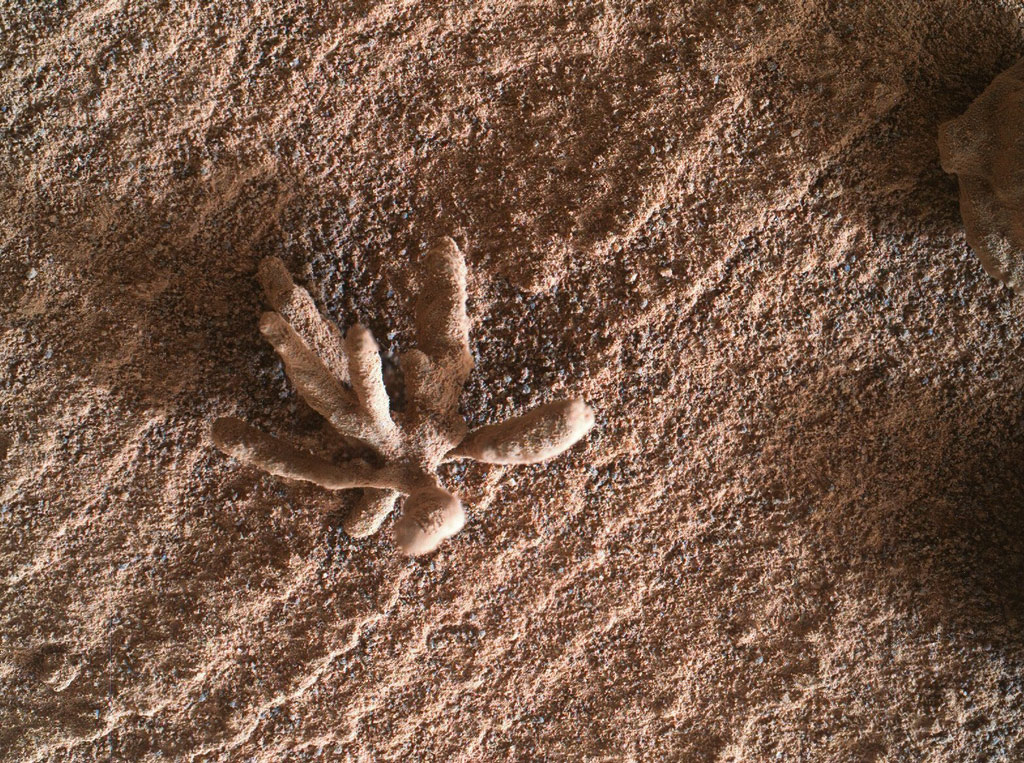
Credit: NASA/JPL-Caltech; Sol 3397, acquired with MAHLI and ChemCam.
Mars Sand Rose
Possibly concretions or differential erosion captured by the cameras of our Curiosity rover at Gale Crater. Scientist Nathalie Cabrol has seen similar formations in ancient cold seeps in the Andes at the sites of paleolakes. Gale crater is the gift that keeps on giving these days!
Wednesday, March 2, 2022
Credit: NSO/AURA/NSF
A New Era of Solar Physics
The NSF Inouye Solar Telescope, the most power solar telescope in the world, has commenced its first science observations as of 23 February 2022. Featured here is a newly released high-resolution image of solar sunspots captured by the Inouye Solar Telescope on May 11, 2021 (not from the first science observation). The data leading to this image were acquired with the Visible Broadband Imager blue channel at a wavelength of 450 nanometers.
Thursday, March 3, 2022
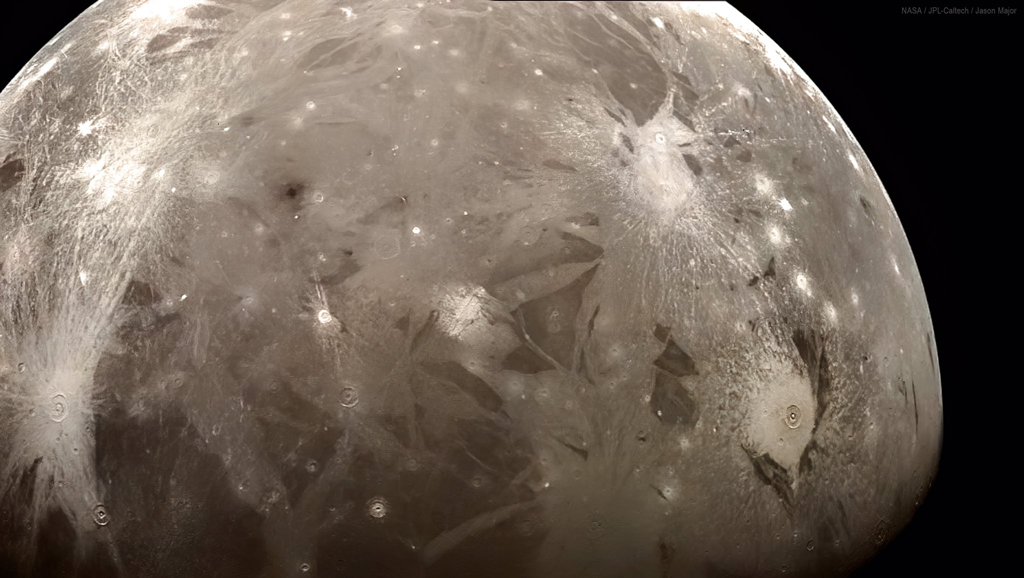
Credit: NASA
Image Processing: Jason Major
Ganymede
This mosaic of Jupiter's largest moon, Ganymede, was assembled from images captured by the Galileo spacecraft on February 21, 1997. Ganymede is larger than both Mercury and Pluto and may have an underground saltwater ocean.
Friday, March 4, 2022
Credit: NASA/JPL/University of Arizona
The Earth and Moon as Seen from Mars
Taken from 142 million km away and captured by the HiRISE camera aboard the Mars Reconnaissance Orbiter, this image was acquired at 5:20 a.m. MST on 3 October 2007, which gives the HiRISE image a scale of 142 km/pixel and an Earth diameter of about 90 pixels and a Moon diameter of 24 pixels. The phase angle is 98 degrees, which means that less than half of the disks of the Earth and Moon have direct illumination.

